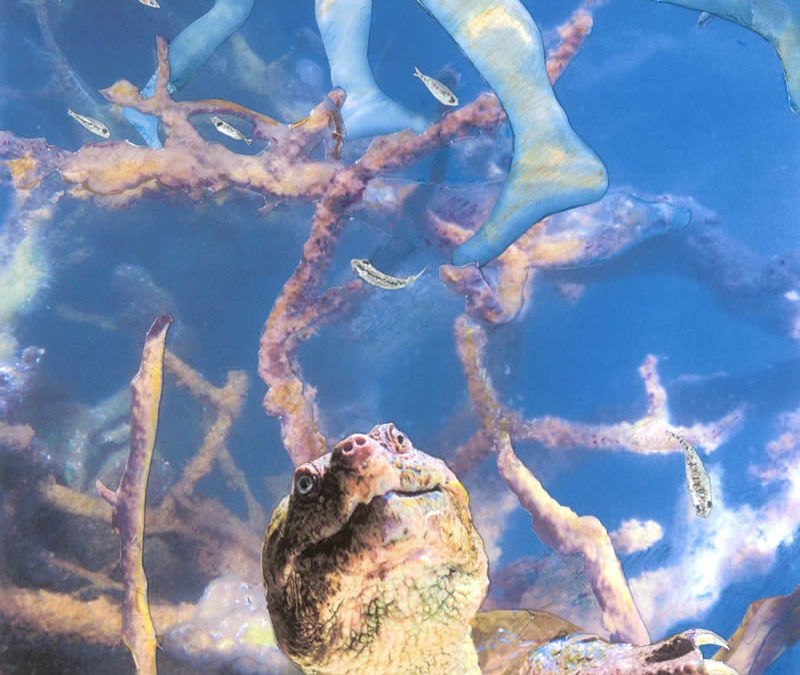When I first started swimming in ponds, I was afraid of snapping turtle, and sure enough, on the shore of every pond on Cape Cod I encountered a teen-age boy whose job it was to scare me about the snapping turtles living in that particular pond. “There’s a sunken car in here,” said one, waving his thin arm vaguely across Hathaway Pond in Hyannis. “It’s guarded by a snapping turtle.” Or, “There’s a snapper in here with a head larger than a softball. I’ve seen him snap a canoe paddle in half. Ya know, when they lock onto something, they don’t let go for seven hours.” Or, “until it thunders.” Or, “until the moon rises.” “Even if you kill them, their jaws stay locked,” another told me. Within two summers of swimming in ponds I realized that the best folk tales on Cape Cod, better even than sagas of shipwrecks and pirates, are stories of snapping turtles. They are everywhere, in every town, and associated with every pond. Lumbering, seventy-pound snappers, their enormous shells coated with slime, their eyes swiveling in their massive heads are the closest thing we have to werewolves—and just as magical.
My first actual encounters with snapping turtles were not dramatic. One July morning I saw my first one staring up at me from ten feet below and looking in the early morning light as if he were made of tin. His remarkably flat shell was the size and color of a garbage can lid, and his head appeared triangular. He stared at me, and I swam away. The next one was hiding in deep green weed. He or she seemed almost black with green algae on the shell. This time I saw the long tail with dots and crenellations along its length looking like the great wall of china. Again, I swam away, but almost immediately returned. Hovering above, I watched the turtle heave itself out of the weed in a cloud of mud. Then, lightly as a dancer, tip toe into deep water on massive feet tipped with silver claws. My feet were tingling as if electrified, but I was thinking “Yes!”
Snapping Turtle Facts
-
- Snapping turtles mature at the age of 15 to 20 years.
- The clutch size of snapping turtles ranges from 25 to 80 eggs. The eggs are hatched between 9 and 18 weeks.
- The eggs of snapping turtles are eaten by raccoons, skunks, crows and foxes. Some of the predators that prey on hatchlings of snapping turtles are great blue herons, coyotes, owls, bullfrogs, snakes and hawks.
- Many turtles exhibit nest site fidelity where they return to the same location several years in a row.
Self-taught naturalist and author of The Turtle Sisters, Susan Baur swims the Cape’s freshwater ponds and has taken a keen interest in observing the lives of turtles beneath the surface of the water.
Got a Pond Story you want to share? Email Kristin Andres [email protected]
Pond Stories are a collection of writings from Cape Codders and visitors who love the 1000 local ponds that dot the Cape. Endearing as much as environmentally aware, we hope this collection of stories awakens your inner environmentalist to think deeper about our human impacts to these unique bodies of water.Check out these valuable resources to learn more about the current challenges Cape Cod ponds are facing and how you can be a better pond steward in your town.


